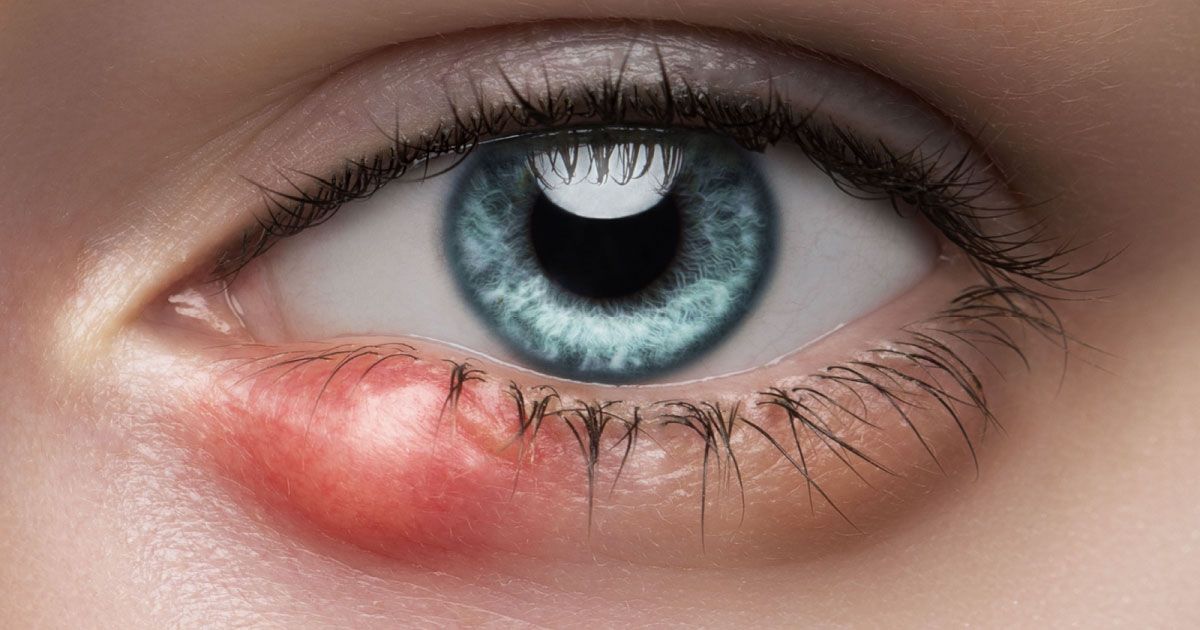Child Development and Healthy Vision Habits

Read time: 4 minutes
Healthy vision is a cornerstone of a child's overall development and well-being. As children interact with their surroundings, their visual system undergoes rapid growth and change, influencing their cognitive, motor, and social skills. Establishing healthy vision habits from an early age is essential to support their developmental milestones and prevent potential vision problems. This article explores the critical role of vision in child development and provides practical strategies for fostering healthy visual habits.
The Role of Vision in Child Development
Vision plays a fundamental role in various aspects of a child's growth and development. From the moment they are born, children rely on their visual system to make sense of their environment and engage with the world around them. Good vision supports cognitive development, motor skills, and social interactions, making it essential to monitor and support their visual health. Key areas where vision impacts development include:
- Cognitive Development: Vision supports cognitive development by helping children understand and interact with their environment: Good visual skills enable children to recognize objects, understand spatial relationships, and develop problem-solving abilities.
- Motor Skills: Proper visual function is essential for coordinating movements: Activities like reaching for toys, drawing, or participating in sports rely on accurate visual information.
- Social Skills: Vision influences social interactions: Children use visual cues to interpret emotions, recognize faces, and engage in social play.
Children's visual systems develop rapidly in the early years, highlighting the need for vigilant eye care.
Healthy Vision Habits for Children
Establishing and maintaining healthy vision habits is crucial for supporting a child's visual development and overall health. Implementing these practices ensures that children's eyes function optimally and can prevent common vision problems. Key healthy vision habits include:
- Regular Eye Exams: Schedule regular eye exams with a pediatric optometrist or ophthalmologist: Early detection of vision problems can prevent future complications and support optimal visual development.
- Balanced Screen Time: Limit screen time to reduce eye strain and encourage breaks: The American Academy of Pediatrics recommends no more than one hour of screen time per day for children aged 2 to 5 years and consistent limits for older children.
- Proper Lighting: Ensure adequate lighting during activities like reading or drawing: Poor lighting can strain the eyes and affect visual comfort.
- Healthy Diet: Provide a balanced diet rich in nutrients that support eye health: Foods high in vitamins A, C, and E, as well as omega-3 fatty acids, are beneficial for maintaining good vision.
Incorporating these habits into daily routines promotes healthy vision and addresses potential issues early.
Impact of Screen Time on Vision
In the modern world, screens are an integral part of daily life, but excessive screen time can negatively impact children's vision. Understanding the effects of prolonged screen use is essential for managing and mitigating potential visual problems. The impacts of screen time on vision include:
- Digital Eye Strain: Prolonged use of screens can cause digital eye strain: Symptoms may include dry eyes, blurred vision, and headaches. Encourage regular breaks using the 20-20-20 rule: every 20 minutes, look at something 20 feet away for at least 20 seconds.
- Myopia (Nearsightedness): Increased screen time has been linked to a rise in myopia among children: Myopia can make distant objects appear blurry, impacting activities like sports and driving.
- Sleep Disruption: Exposure to screens before bedtime can disrupt sleep patterns: The blue light emitted by screens interferes with melatonin production. Establish a screen-free bedtime routine to promote better sleep.
Being aware of these impacts helps in implementing strategies to protect children's visual health.
Supporting Visual Development Through Activities
Engaging children in activities that support visual development can enhance their eye health and contribute to their overall growth. These activities are not only enjoyable but also beneficial for developing and maintaining good visual skills. Recommended activities include:
- Outdoor Play: Encourage outdoor play to help reduce the risk of myopia: Natural light and distance vision exercises are beneficial for eye health.
- Vision-Stimulating Toys: Provide toys and activities that promote visual skills: Examples include puzzles, building blocks, and books with colorful illustrations.
- Reading and Writing: Support reading and writing skills with age-appropriate books and activities: Ensure proper posture and lighting during these activities to reduce visual strain.
These activities help strengthen visual processing and coordination, reducing the risk of vision problems.
Identifying Vision Problems Early
Early identification of vision problems is crucial for addressing issues before they impact a child's development and daily functioning. Recognizing the signs of potential vision problems allows for timely intervention and treatment. Signs to watch for include:
- Frequent Eye Rubbing: Persistent eye rubbing may indicate discomfort or vision problems.
- Squinting or Tilting the Head: Squinting or tilting the head to see better can be a sign of uncorrected vision issues.
- Difficulty with Hand-Eye Coordination: Struggles with tasks requiring hand-eye coordination, like catching a ball or writing, may indicate a vision problem.
If you notice any of these signs, schedule an eye exam to assess your child's visual health.
The Takeaway
Maintaining healthy vision is vital for a child's development, influencing their cognitive, motor, and social skills. By establishing good vision habits, managing screen time, supporting visual development through engaging activities, and identifying potential vision problems early, parents can play a crucial role in their child's visual health. Fostering these practices from a young age helps build a strong foundation for lifelong eye health, contributing to the child's overall growth and success in various aspects of their life.
To ensure your child’s vision supports their growth and development, ensure that you schedule regular comprehensive eye exams for your developing child's health. Early detection and intervention are key to maintaining healthy vision.
For more info about eye exams for children, read our blog post Pediatric vs Adult Eye Exams: The Key Differences Parents Should Know
The information provided in this article is intended for general knowledge and educational purposes only and should not be construed as medical advice. It is strongly recommended to consult with an eye care professional for personalized recommendations and guidance regarding your individual needs and eye health concerns.
All of Urban Optiks Optometry's blog posts and articles contain information carefully curated from openly sourced materials available in the public domain. We strive to ensure the accuracy and relevance of the information provided. For a comprehensive understanding of our practices and to read our full disclosure statement, please click here.
OUR LATEST POSTS
© Urban Optiks Optometry, Inc. 2009-2025
All Rights Reserved
Location
The Cairo Building
3788 Park Blvd, Suite 5
San Diego, CA 92103
Phone: 619.683.2020
Text: 619.683.2020
Fax: 619.683.2111
Email: info@uoosd.com
Hours
Monday: 9 am – 7 pm
Tuesday: 9 am – 6 pm
Wednesday: 9 am – 6 pm
Thursday: 9 am – 7 pm
Friday: 9 am – 6 pm
Saturday: 9 am – 5 pm
Sunday: Closed


















